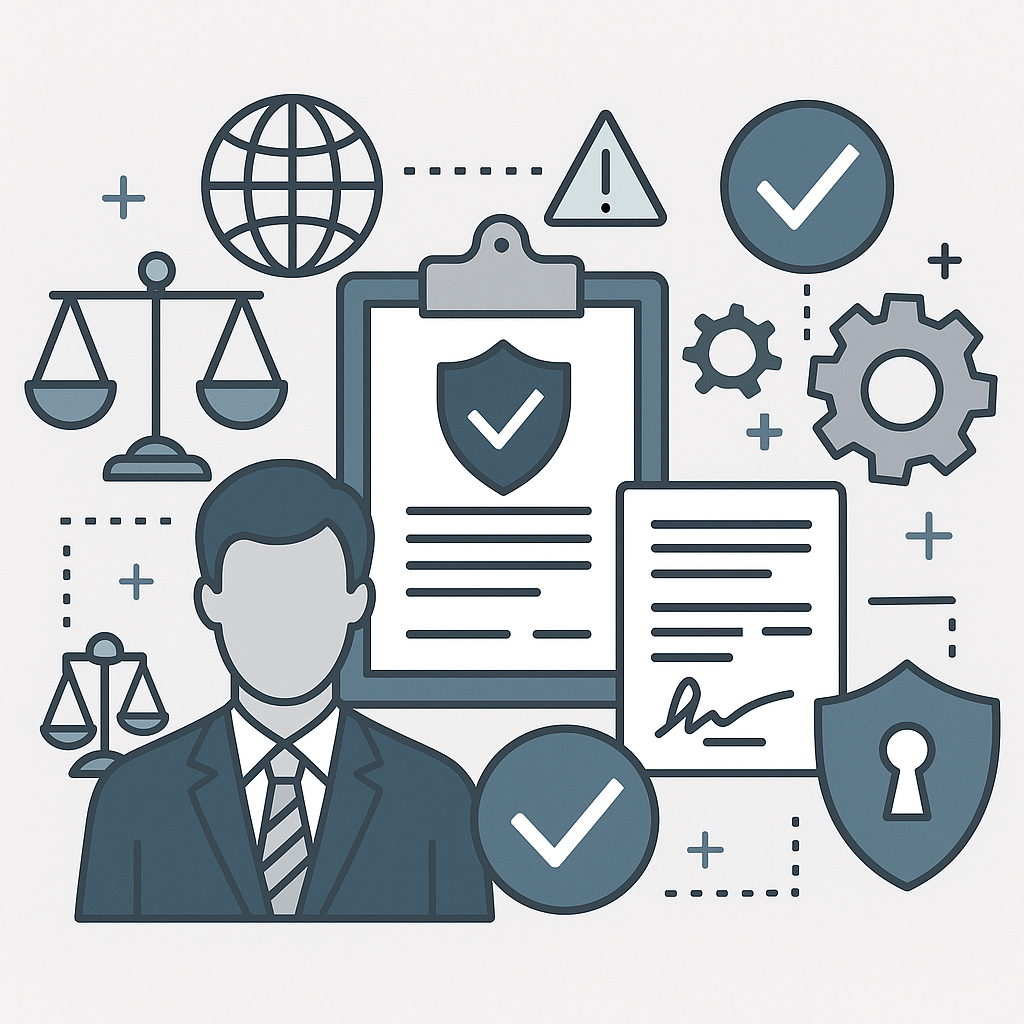Deciding between joint custody and sole custody is one of the most important choices parents face after separation. Each arrangement impacts a child’s daily life, emotional well-being, and long-term development. The right choice depends on factors like parental cooperation, the child’s needs, and the ability to provide a stable environment. Understanding the differences between these custody types can help parents make informed decisions.

This article explores the key aspects of joint and sole custody, their advantages and challenges, and how to determine the best option for a child.
Understanding Custody Arrangements
Custody refers to the legal and practical responsibility of raising a child. It involves two key aspects: physical custody, which determines where the child lives, and legal custody, which involves decision-making rights regarding education, healthcare, and other major aspects of the child’s life. Courts typically grant either joint custody or sole custody, depending on what serves the child’s best interests.
Parents who are unsure about their legal rights or obligations may benefit from looking for an experienced Miami family lawyer to help them understand custody laws and advocate for their child’s needs. A skilled attorney can guide parents through the legal process and ensure they make informed decisions based on what is best for their child.
What Is Joint Custody?
Joint custody means both parents share responsibilities for the child. This arrangement can be further divided into:
- Joint physical custody – The child spends significant time with both parents.
- Joint legal custody – Both parents have equal rights in making important decisions.
Many courts prefer joint custody because it allows both parents to stay actively involved in the child’s life.
Advantages of Joint Custody
Joint custody offers several benefits that contribute to the child’s well-being. Here are some:
- Continued parental involvement – The child benefits from regular interaction with both parents.
- Shared responsibilities – Both parents contribute to raising the child, reducing stress on one parent.
- Emotional stability – Maintaining relationships with both parents can provide a sense of security.
Strong parental involvement can help children adjust better to the changes that come with separation. When both parents work together, the child benefits from a more stable and nurturing environment.

Challenges of Joint Custody
Despite its benefits, joint custody comes with challenges that require effective communication and cooperation. Parents must be prepared to navigate potential difficulties to ensure a smooth transition for the child.
- Coordination difficulties – Parents must communicate and cooperate, which can be difficult in high-conflict situations.
- Frequent transitions – Moving between two homes may cause stress for some children.
- Different parenting styles – Disagreements over discipline, education, and other matters can create tension.
Addressing these challenges requires patience and a willingness to compromise. Creating a structured plan can help minimize stress and provide a sense of security for the child.
What Is Sole Custody?
Sole custody means one parent has primary responsibility for the child. This can be:
- Sole physical custody – The child lives with one parent while the other may have visitation rights.
- Sole legal custody – One parent makes all major decisions regarding the child’s upbringing.
Courts usually grant sole custody when one parent is deemed unfit due to issues like neglect, abuse, or an inability to provide a stable environment. However, in some cases, sole custody may also be granted if both parents agree that one should take full responsibility.
Advantages of Sole Custody
Sole custody provides a stable environment when joint custody is not a suitable option. This arrangement offers several benefits that can help a child feel secure and supported.
- Stability for the child – Living in one home can provide a consistent routine.
- Reduced conflict – If parents have difficulty communicating, sole custody minimizes disputes.
- Clear decision-making – One parent has full authority, which eliminates conflicts over choices.
A structured and predictable home life can make it easier for a child to adjust. When one parent takes full responsibility, decisions can be made quickly without ongoing disputes.
Challenges of Sole Custody
Although sole custody provides stability, it can also create difficulties for both the child and the custodial parent. Understanding these challenges is essential when considering the best custody arrangement.
- Limited relationship with one parent – The child may miss out on regular contact with the non-custodial parent.
- Higher responsibility on one parent – The custodial parent handles all parenting duties alone.
- Emotional impact on the child – Some children may feel abandoned or disconnected from the non-custodial parent.
These challenges highlight the importance of maintaining a connection with both parents whenever possible. Finding ways to foster a healthy relationship can help reduce the emotional strain on the child.
Factors to Consider When Choosing Custody
Deciding between joint and sole custody should focus on what is best for the child. Courts and parents should consider several factors:
- Parental cooperation – If parents can communicate effectively, joint custody may work well. If not, sole custody might be a better option.
- Child’s well-being – The child’s emotional and psychological needs should take priority.
- Parental availability – A parent’s work schedule, location, and ability to provide care play a crucial role.
- Safety and stability – If one parent poses a risk to the child’s safety, sole custody may be necessary.
- Child’s preference – Older children may have input on where they feel most comfortable living.
Each custody decision is unique and should be based on what ensures the child’s long-term happiness and security. Careful consideration of these factors can help create the most beneficial outcome.
Conclusion
Choosing between joint custody and sole custody depends on the child’s needs and the parent’s ability to cooperate. Joint custody allows both parents to remain actively involved, while sole custody provides stability when one parent is unfit or unavailable. Regardless of the arrangement, the goal should always be to create a nurturing and supportive environment for the child. Careful consideration and a focus on the child’s well-being will lead to the best possible outcome.






